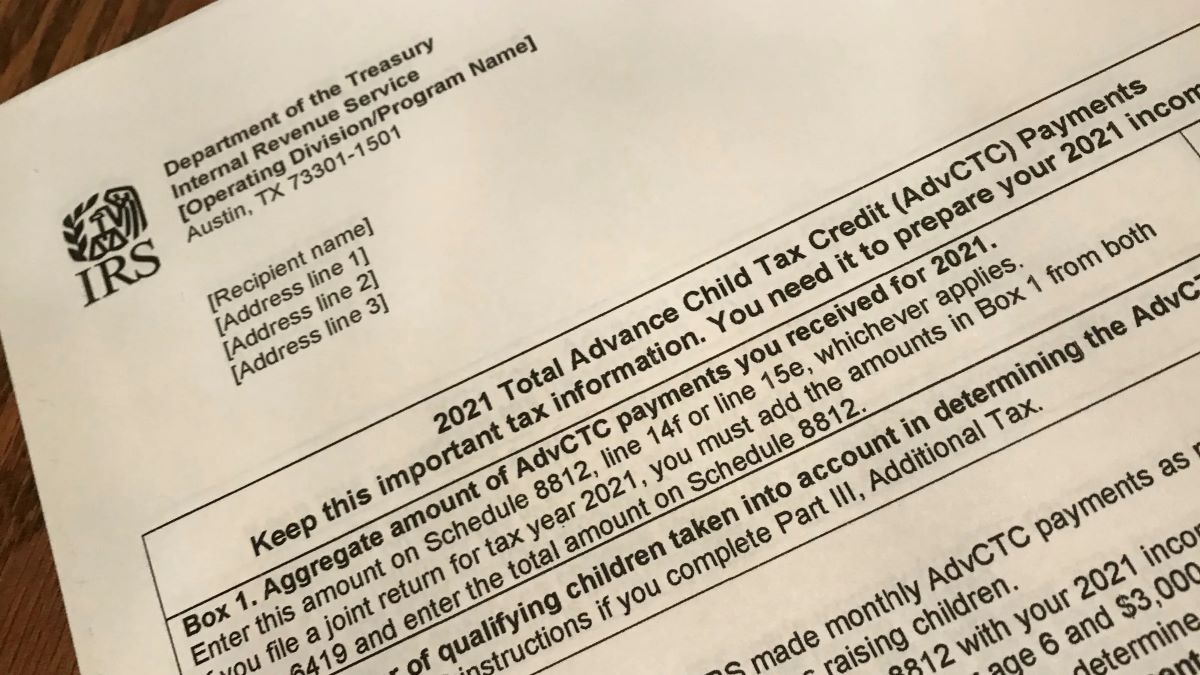Home>Finance>IP Address Definition: How It Works And Examples


Finance
IP Address Definition: How It Works And Examples
Published: December 13, 2023
Discover the meaning and functionality of an IP address in finance. Learn how it operates and explore real-world examples to enhance your understanding.
(Many of the links in this article redirect to a specific reviewed product. Your purchase of these products through affiliate links helps to generate commission for LiveWell, at no extra cost. Learn more)
IP Address Definition: How It Works and Examples
Welcome to our “Finance” category, where we cover a wide range of topics related to personal finance, investments, and money management. In this blog post, we’ll be delving into the fascinating world of IP addresses. Ever wondered how your device communicates with the vast network of the internet? Well, the answer lies in IP addresses. In this article, we’ll explain what an IP address is, how it works, and provide some examples to help demystify this essential internet protocol.
Key Takeaways:
- An IP address is a unique numerical label assigned to every device connected to a computer network.
- IP addresses play a crucial role in facilitating data transmission and identifying devices on a network.
What is an IP Address?
An IP address, short for Internet Protocol address, is a unique numerical label assigned to every device connected to a computer network. It serves two primary functions:
- Identifying devices: Just like a street address helps in identifying a particular location, an IP address distinguishes each device on a network. It acts as a digital identifier, allowing devices to send and receive data.
- Facilitating data transmission: IP addresses enable the routing of data packets across the internet. Similar to how postal addresses help deliver mail to the correct recipient, IP addresses ensure that data reaches the intended device securely and accurately.
How Does an IP Address Work?
When you connect your device to the internet, it automatically receives an IP address from your internet service provider (ISP). This address serves as your device’s unique identity on the vast network of networks. There are two types of IP addresses:
- IPv4 (Internet Protocol version 4): This is the more commonly used format and consists of a 32-bit numerical address separated by periods. For example, 192.168.0.1.
- IPv6 (Internet Protocol version 6): With the growing number of devices connected to the internet, IPv6 was introduced to accommodate the increasing demand for unique addresses. It is represented by a 128-bit hexadecimal address, such as 2001:0db8:85a3:0000:0000:8a2e:0370:7334.
IP addresses work in conjunction with routing protocols to ensure that data packets find their way across the internet to the correct destination. When you enter a website’s URL into your browser, your device sends a request packet to a Domain Name System (DNS) server. The DNS server then translates the URL into an IP address, allowing your device to establish a direct connection with the requested website’s server. This seamless process is made possible by the underlying IP addressing system.
Examples of IP Addresses
Now that we’ve covered the basics, let’s take a look at some examples to help further illustrate IP addresses:
- 192.168.0.1: This is a commonly used IP address for home network routers. It allows devices within the local network to communicate with each other and access the internet.
- 74.125.200.101: An IP address belonging to one of Google’s servers. When you visit a Google website, your device communicates with this IP address to access the desired content.
- 216.58.214.46: This IP address is associated with YouTube. When you watch videos on YouTube, your device establishes a connection with this IP address to stream the content.
These examples represent just a small fraction of the millions of IP addresses in use across the internet. Each IP address serves a specific purpose and helps in directing data traffic efficiently.
In Conclusion
IP addresses are the backbone of the internet, ensuring that data flows smoothly between devices and networks. They play a vital role in identifying devices and enabling data transmission. Whether it’s a home network or a global network connecting devices worldwide, IP addresses allow for seamless communication and connectivity.
So the next time you browse the web or send an email, remember the invisible but essential role that IP addresses play in keeping our digital world running.














